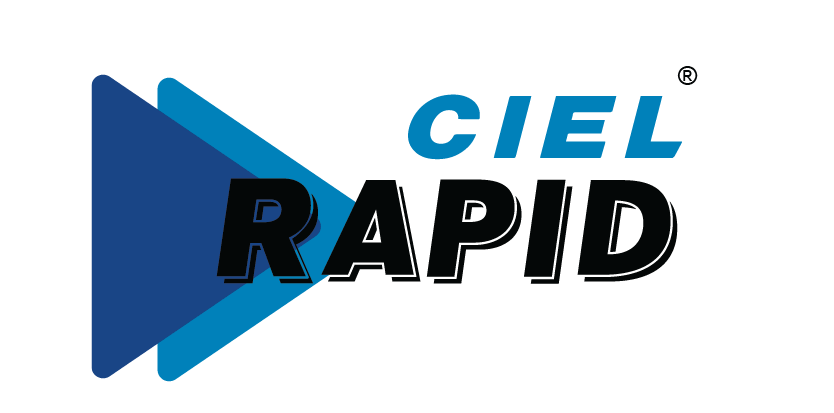Democracy is the largest form of governance in the world now… close to 60% of the world’s population live in democratic nations. Our societies value freedom of speech, majority view and the power of making choices. Organizations are microcosms of our societies and hence, we behave the same way at work. We expect our leader to be consulting us, acting upon our views, figuring out the majority view and updating us about the state of affairs from time to time.
Long and Arduous
Leaders often are worried about the time it takes to arrive at a decision if they open out the process to their team. Given the diaspora of our society, it is natural that the manager gets wide-ranging opinions and perspectives. Firstly, it takes time and effort to explain the issue to the team; secondly, it takes time to listen to the opinions of people. And most importantly, given the diverse suggestions one receives, it is not easy to decide. In the leader’s mind, there might be something very compelling but the team might not be seeing it with equal fervour. So, the leader takes time to re-position the issue and repeat the process. This is undoubtedly a long and arduous process.
Apply it in the right context
It is not possible that a manager builds consensus for each and every decision. As long as the guiding principles and values are clear, governance becomes easy and non-controversial. So, first of all, organizations need to create appropriate methods and platforms to co-create the guiding principles which determine the way of life. Secondly, a manager must recognize when the issue is complex either because of the inter-dependencies or it has a conflict with one or more principles. Those are the situations which need a larger involvement of people at different levels of the organization.
This is easier said than done. When one opens up the issue to the larger audience, various possibilities come at play. Some people see various lacunae in the capability of the boss; some people come up with utopian ideas due to their lack of knowledge or experience; some people in their quest of coming under the spotlight raise various issues. So, a manager ends up spending a lot of energy in cancelling the noise.
One needs to know which level of the organization needs to be involved and to what extent in the process. At times, discussions with colleagues help simplifying the issue and evolving new possibilities. Hence, participative style of leadership has to be applied in the right context!
Sustainable method
It is unlikely that the manager or the leader knows all. And at the same time, one must have the humility to learn new perspectives and develop solutions in collaboration with others. While making a decision, one has to be clear if the decision has a long term impact on the organization. For example, evolving the 3-year strategy, introducing a new product, launching a new advertisement, entering into a new wage agreement with the union, modifying the rewards scheme and so on have far-reaching consequences on the organization.
An organization can ill-afford to let all such decisions rest squarely on the shoulders of one person or a handful. While building a consensus takes time and calls for efforts to dialogue, it is critical to invest these efforts for the long term health of the organization. Participative style on all strategic issues for the organization assures sustainability.
The leader has to know when to apply democratic style and involve whom in the process.

